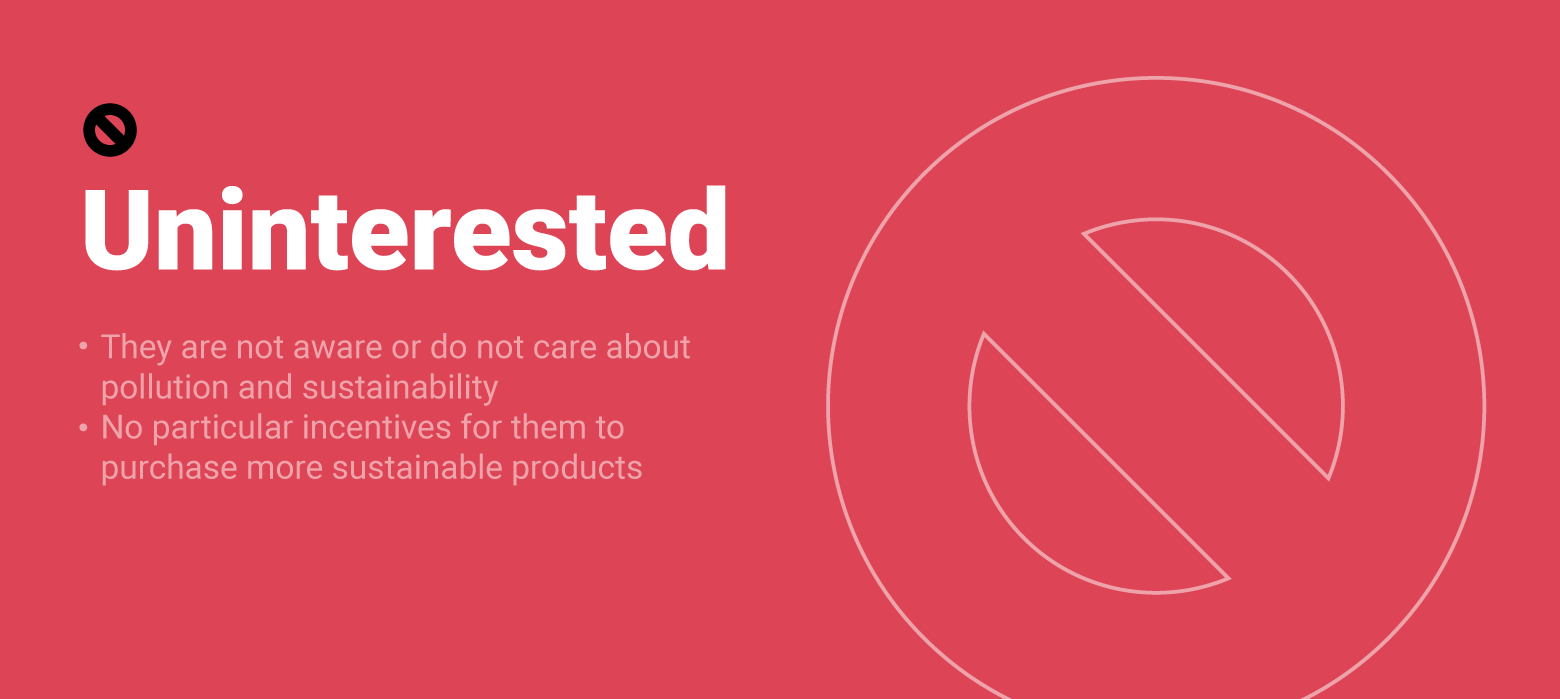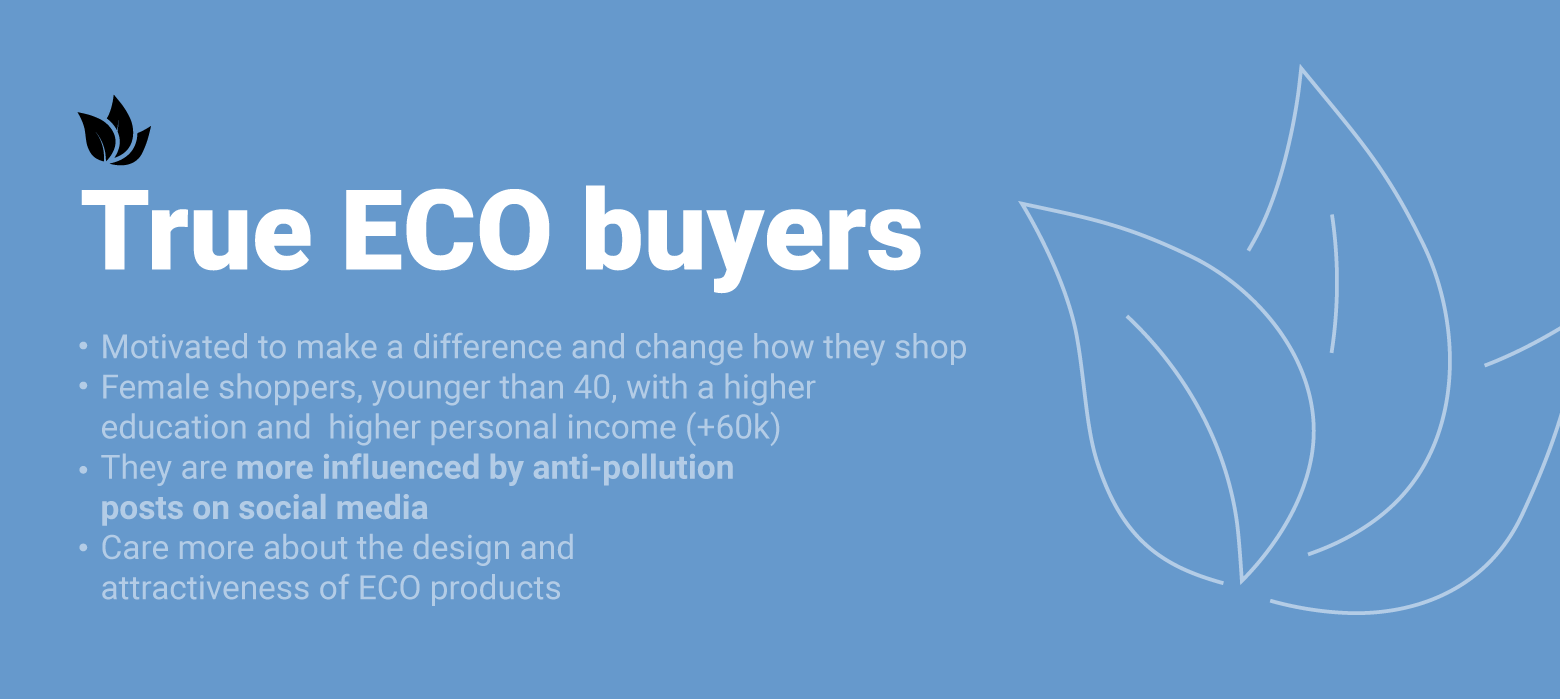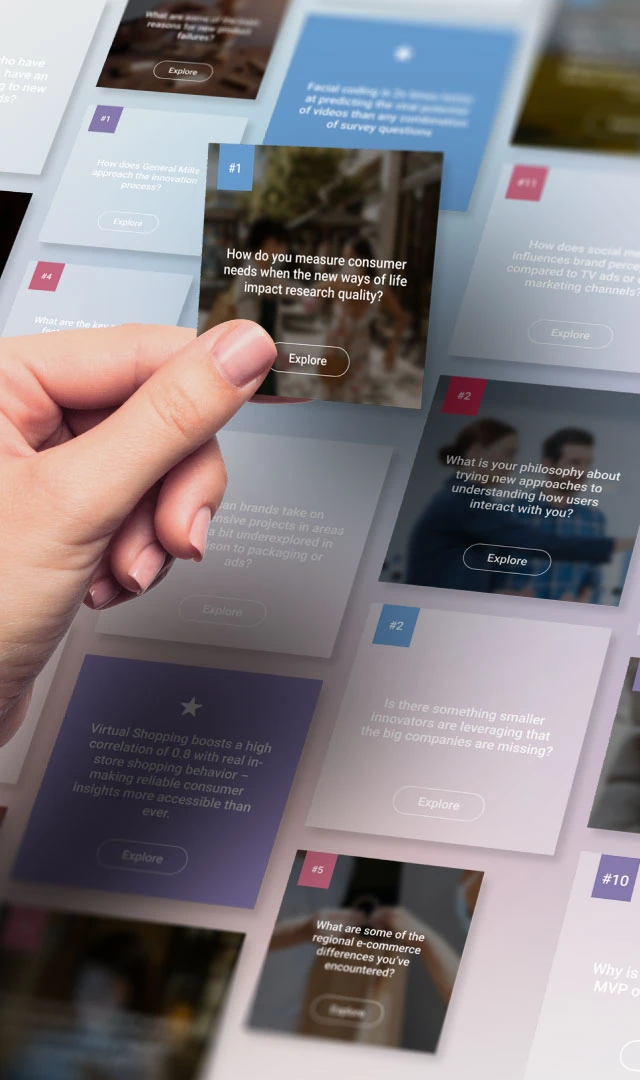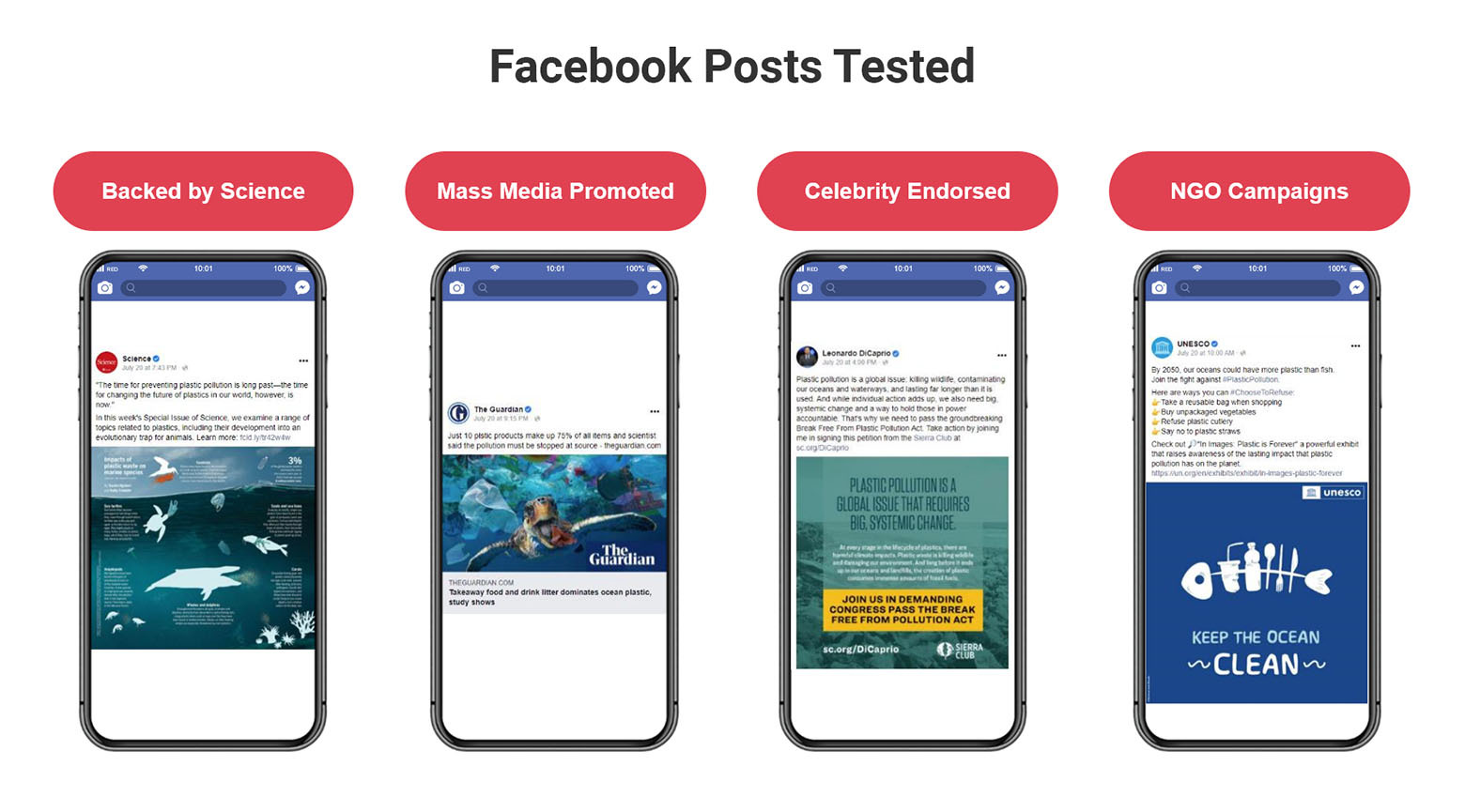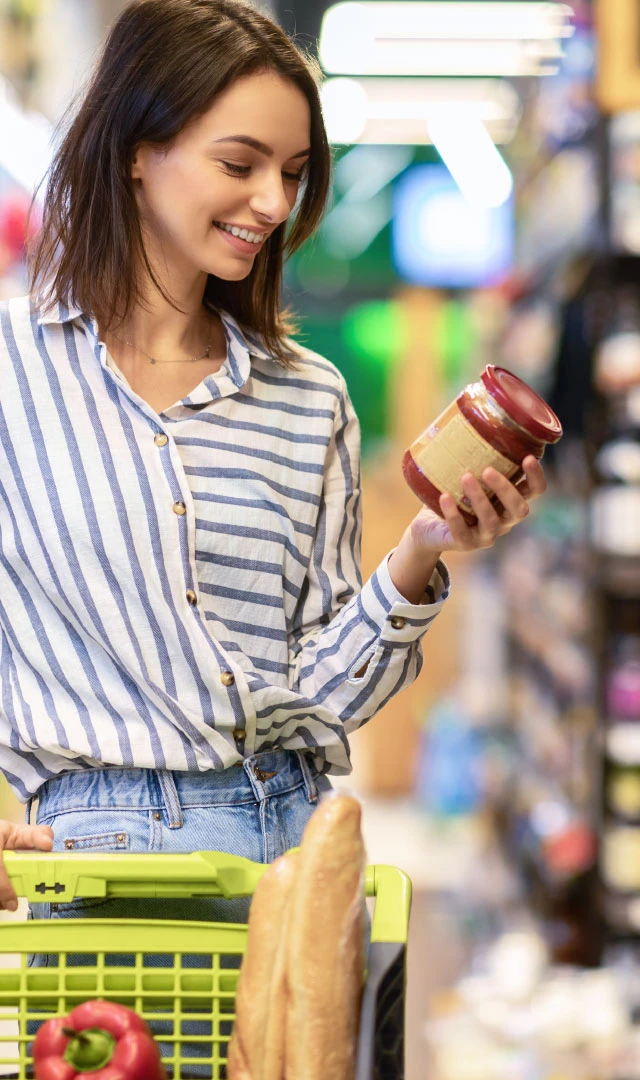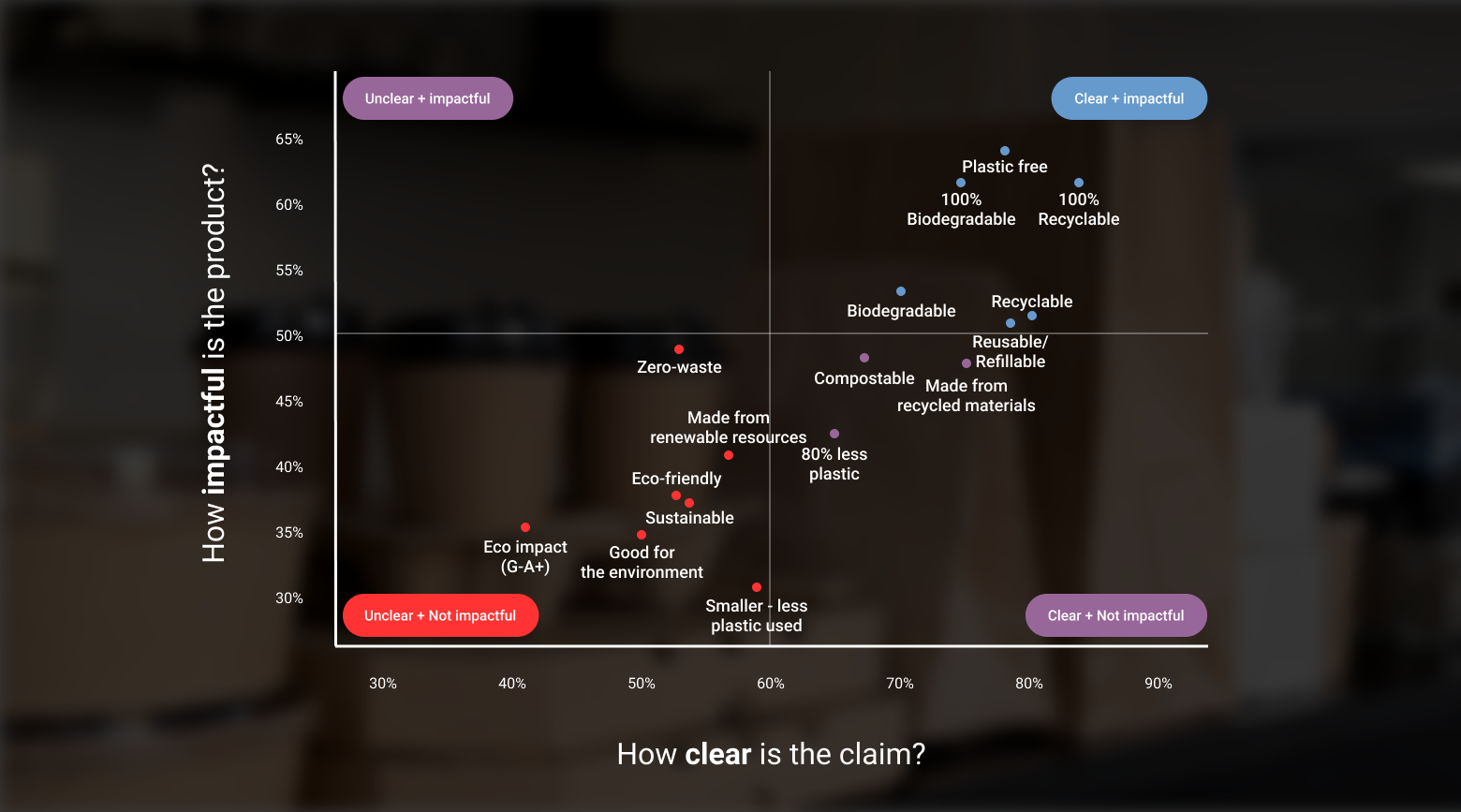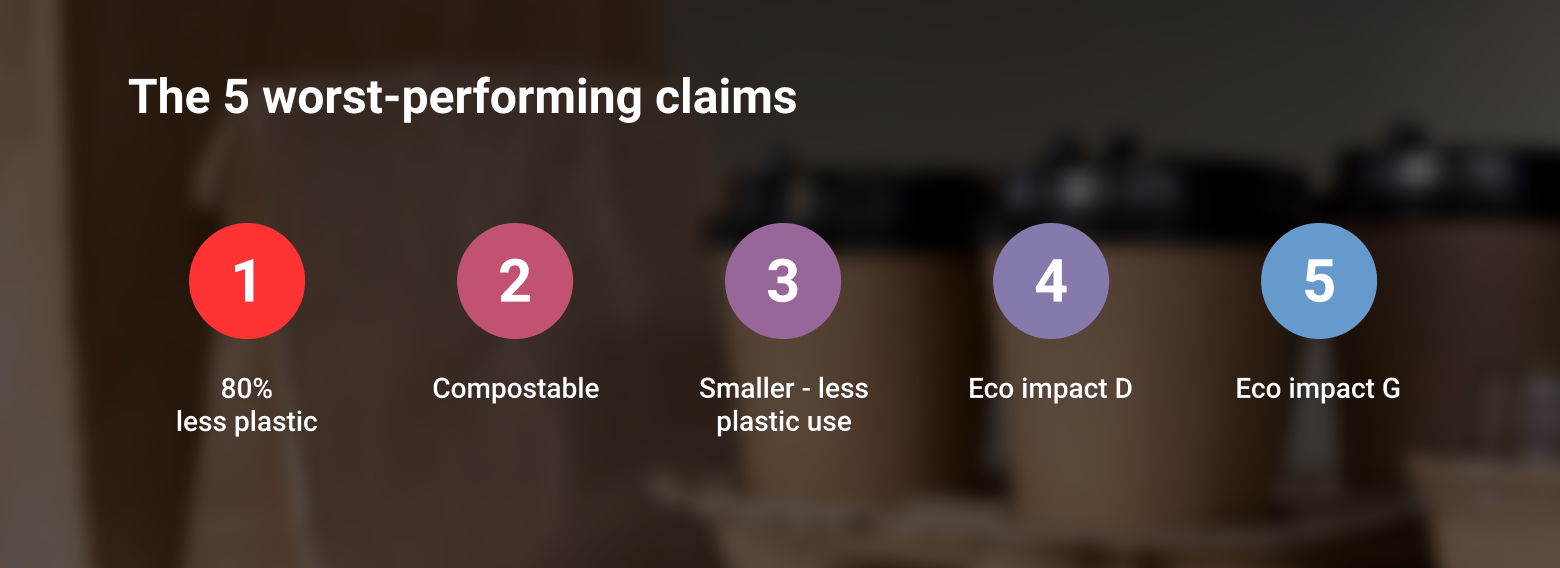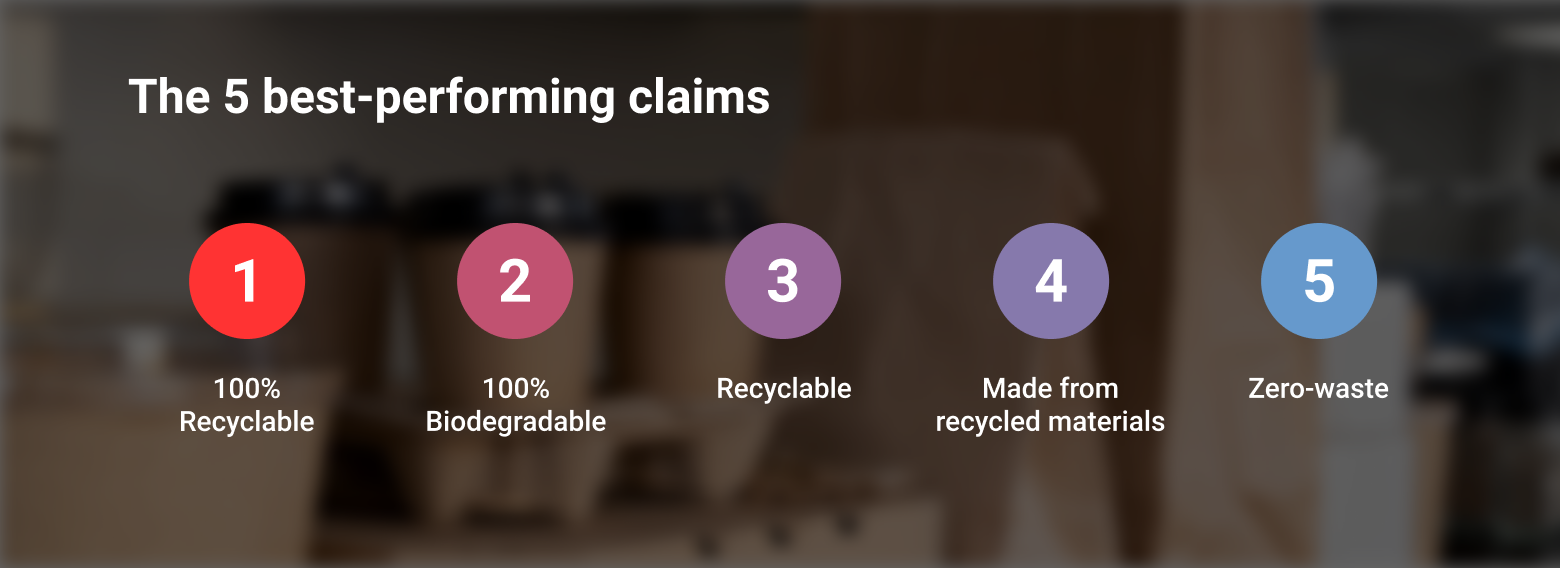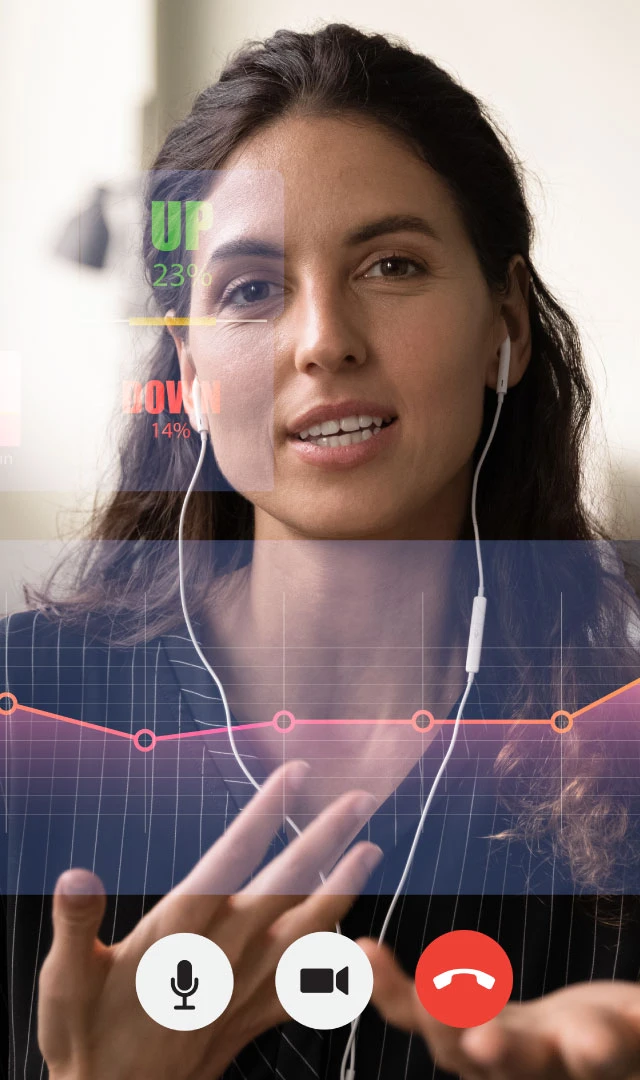Sustainability, climate change, and plastic pollution are the big, unavoidable issues we need to face in our lifetime. To solve them, we need to act fast and communicate in a smart way. Brands have the power to both help the cause and develop sought-after and future-proof products that are more sustainable – and that people want to shop for. However, the way we communicate about these issues is a challenging feat! Many new product strategies miss the mark, don’t affect sales, or are labeled as greenwashing.
EyeSee set out to contribute to this burning issue with a complex behavioral study, in order to get a better understanding of a dozen different questions spanning several areas of thought. This blog is the first in a 4 part series, so strap in for a hilly, albeit hopeful ride across the complicated ‘green’ product landscape – check out the second installment here!
Here’s what this comprehensive research covers and that will be published in the upcoming months:
Part 1: The green horizon: An intro to the green buyer and how to measure eco behavior
Part 2: Walk your talk: Strategies for choosing your sustainable product claims wisely
Part 3: Social media impact: How much does social media content impact actual shopping?
Part 4: Virtual shopping: Why some categories are leaders in change, and how to become one
If you want to learn more about the results, request a full deck with an exclusive look into the study methodology, tested stimuli, and the resulting data below!
Here are some of the things you will learn in this series:
- Will different types of social media posts on plastic pollution impact behavior when shopping for more Eco-friendly packaging/products?
- What anti-pollution claims are most appropriate for use on product packs?
- What kind of posts work best in terms of keeping attention, evoking emotions, evoking positive attitudes, and calling to action?
- What do shoppers think about plastic pollution (do they believe they can contribute personally)?
Let’s dive into Part 1!
The green buyers – a growing minority you need to be talking to
The majority of today’s shoppers believe that pollution of air, water and soil is one of the most relevant threats when it comes to environmental preservation (47% considers it very relevant and 41% relevant = 88% T2B). Pollution is rated as the most relevant among other environmental threats (such as global warming, deforestation, ozone depletion, overpopulation, and even the public health crisis), and additionally, waste disposal is perceived as a very relevant threat (82% T2B). Despite these high numbers, only 34% of shoppers think they personally can contribute to a large extent to solving the problem of pollution. (For waste disposal, 44% believe the same).
Here’s how this awareness and attitudes play out when it comes to products they buy.
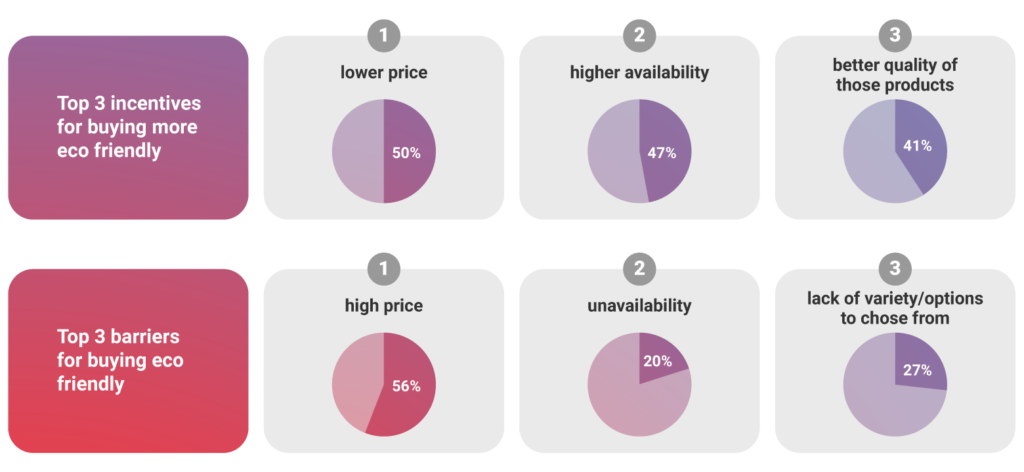
Now, onto the shoppers: we identified three key segments of shoppers, based on their behavior in the study, as well as their stated attitudes.
Female shoppers, those with higher education and higher income, were more likely to consider eco-friendly products. This speaks to the need to work on eliminating the high price barrier to purchasing these products, to reach a bigger population.
Key challenge and opportunity lie in this fact: 27% of shoppers would buy more eco-products if they were from well-known brands. Price is an extremely important factor as well – the majority of people (46%) would purchase eco-friendly products if they were the same price as their regular products, and only 4% of shoppers would pay much more money to get eco-friendly alternatives for their everyday products.
Values and prices rule the game, but demographics have a say, too
So, what did we find when it comes to your average eco-conscious buyer? One thing stands out: When targeting consumers, focus both on lifestyle + values segmentation and demographics. Age and gender are not the most fundamental indicators of receptiveness to this type of offering. Think about addressing their motivations as you craft your messaging and product claims.
For you, Segment 1, the True ECO buyers, should be the priority to have in mind when first venturing in this area:
- An easier start is by targeting female shoppers or product categories where they spend their time. Start building your eco portfolio in premium segments where the price is not the main criteria/barrier to purchase – this is very important as for them, the true cost of consumer choices is much broader than the product price. With an awareness of these issues, they evaluate every element of their transactions – is the packaging sustainable, where did it come from, what are the policies like for the workers who made it, and how long will it last. This equation means they are much more discerning of all the elements surrounding each purchase.
- You will have strong competition in terms of product/pack design and attractiveness, as for this segment, it is still an important purchase influence. They have their minds set on buying sustainably – but like regular consumers, they still want to have a choice between different brands and products in any given category. This decision will often come down to who attracts attention and which packaging is more likable, and as the market matures, there will be more and more to choose from.
When it comes to the second segment, who on the surface claim they want green alternatives – are actually on the lookout for convenience first. They are all about their favorite, trusted brands, which also holds the key to success:
- These people are after no-hassle-shopping – if you make sustainable products more available, they will try them. Remember, the majority of shoppers won’t put in extra effort to find ECO alternatives – if you make it as easy for them to choose your sustainable variants, you can tap into this huge pool of consumers, and play the key role of swaying them towards a more mindful way of shopping.
- This is a great opportunity for established brands to offer eco alternatives, as these respondents care about brand credibility, and would much rather try a new product from a familiar brand than trusting a newcomer. A fantastic example of this is Colgate-Palmolive and its expansion into greener territory. Having a trusted brand is reassuring and good for the bottom line.
The third segment still requires awareness.
- Communicating with them is an investment for the long run – they first need to learn more about the topic to be converted into Segment 2 and then Segment 1 buyers.
Capturing and understanding behavior across channels
This study is an ambitious amalgam of methods, approaches, and variables that strives to find connections between marketing communications and actual real-life behavior. The team has set up this with 4 very different product categories – toothpaste, toothbrush, shower gels and energy bars – which are at different stages of maturity when it comes to sustainability in their market offering.

By utilizing innovative methods such as eye-tracking and facial coding to uncover emotional engagement and visibility, paired with virtual shopping, and more traditional methods such as Max diff claim evaluation and survey, the team was able to generate a wealth of actionable insights, valuable for big and small brands alike, across categories.
Our researchers conducted all the analysis, combined and cross-referenced implicit and explicit KPIs, as well as other splits based on demographics. This is how we compiled the guidance for brands to craft product strategies based on this data.
The study is a trove of findings – but the resounding theme is about making green choices more accessible to consumers, both in the way they are presented and in the way they are communicated about. Open, humanized, and hopeful communication is key to inspiring action!
Next up, learn about how different categories fared in a virtual shopping exercise in the study.
Part 2 coming soon!

